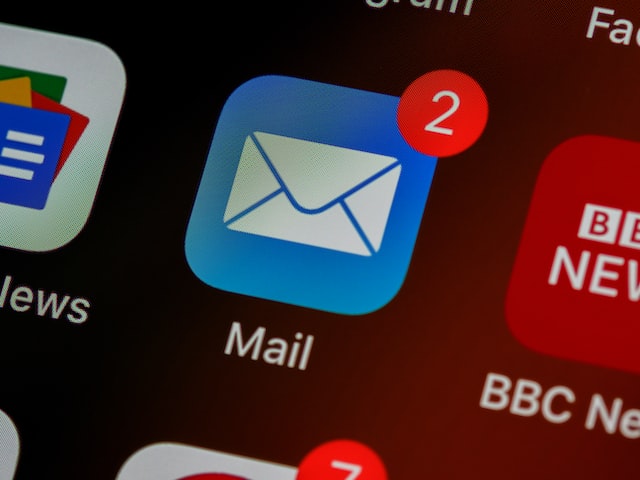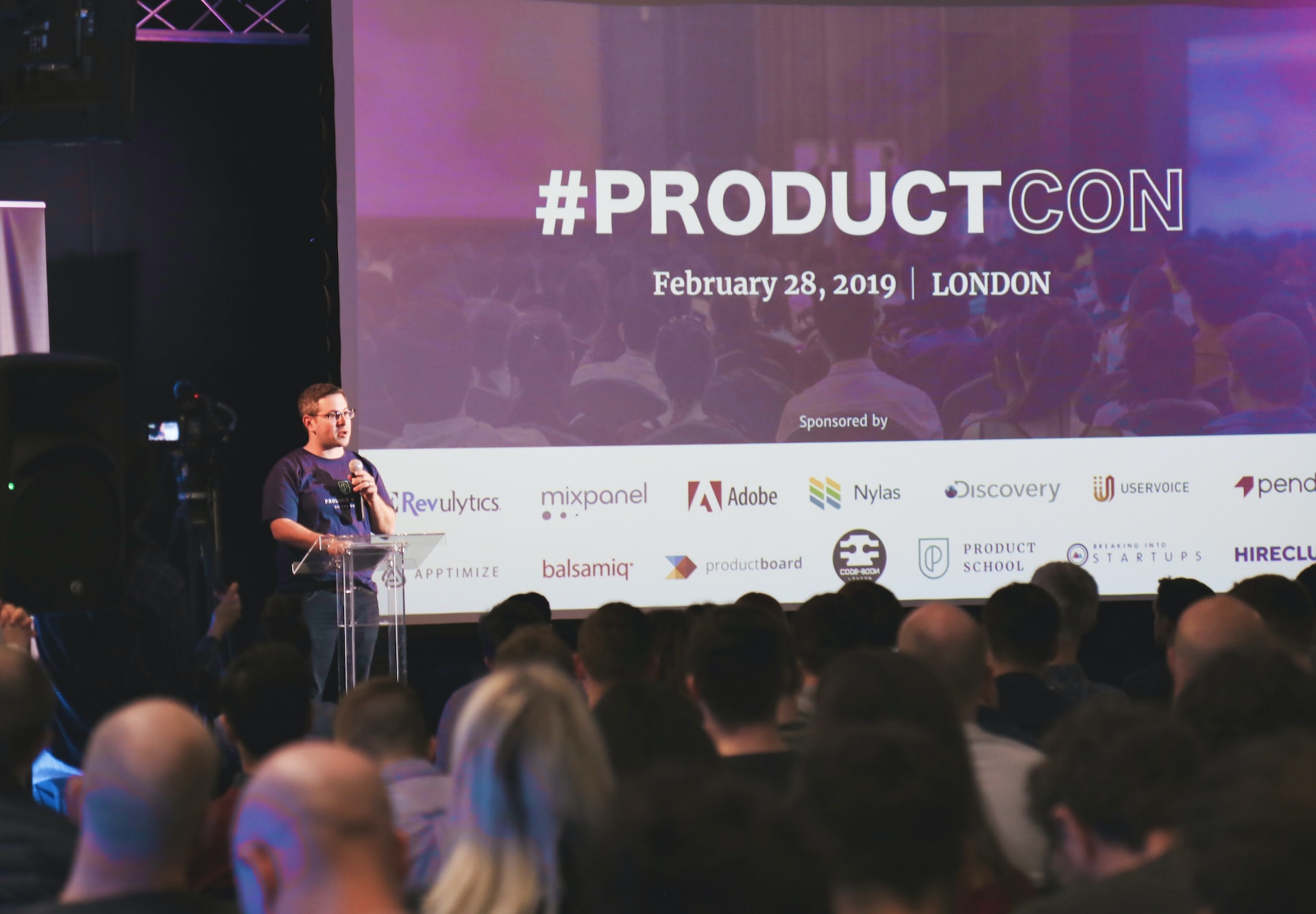Step 1: Define Your Objectives and Target Audience
Step 2: Choose the Perfect Venue and Date
- Size: Ensure the venue can comfortably accommodate your anticipated guest list.
- Location: Choose a central, easily accessible location for your target audience.
- Aesthetics: Select a venue that aligns with your brand image and the atmosphere you want to create.
Step 3: Develop a Compelling Event Program
- Keynote presentations: Invite industry experts or thought leaders to speak about relevant topics or trends.
- Product demonstrations: Offer hands-on experiences with your product, allowing attendees to see its benefits firsthand.
- Panel discussions: Assemble a group of experts to discuss industry trends, challenges, and opportunities. Ensure your panel has a wide range of voices. Take the time to find both male and female panelists with a diverse background.
- Networking opportunities: Encourage attendees to connect and share ideas during breaks or cocktail receptions.
Step 4: Secure High-Profile Speakers and Partners
Step 5: Promote Your Event Strategically
- Social media: Leverage platforms like LinkedIn, Twitter, and Facebook to share event updates, teasers, and behind-the-scenes content.
- Email marketing: Send personalized invitations and event updates to your contact list.
- Media outreach: Develop a press release and reach out to relevant journalists and media outlets to secure coverage.
- Influencer marketing: Partner with influencers in your industry to promote your event and create buzz.
Step 6: Engage Attendees During and After the Event
Step 7: Measure Your Event's Success
- Attendance: Track the number of attendees and compare it to your initial goals.
- Media coverage: Evaluate the volume and quality of media coverage generated by your event.
- Social media engagement: Analyze social media mentions, shares, and impressions related to your event.
- Lead generation: Assess the number of leads generated from event attendees and follow-up activities.
Case Study: Apple's Product Launches
Final Thoughts: Crafting a High-Profile Launch Event
Related Courses
Build and launch a real AI MVP with product managers and AI designers in 4 weeks
Go beyond theory — Lead a team of developers and designers to build and launch a real life AI product
Captivate in Virtual Presentations & Meetings for Leaders and Professionals
Stand out, inspire action, and build your reputation with virtual presentations that showcase confidence, clarity, and authentic leadership.
Product Strategy Workshop
Use the step-by-step approach I developed at Netflix to craft a product vision, align around strategy, and hold product teams accountable.
Ready for Launch - The PMM's Guide to Product Launches
The only course to help Product Marketers nail launches from start to finish — from research and strategy, to execution and measurement.
Speak Like An Executive - Next Level Public Speaking & Presentation Skills
Proven strategies of executives & celebrities to command the room. Build executive presence and position yourself as an industry leader.
B2B Sales Strategy for Startup Founders
Discover the secrets to influencing decision-makers and designing a pilot program that gets a YES. (Now in a one-day workshop).
You might also like

Snapchat Marketing: How to Drive Growth with Snapchat

How to Start a Newsletter Business

Growth vs Marketing: What's the Difference?

